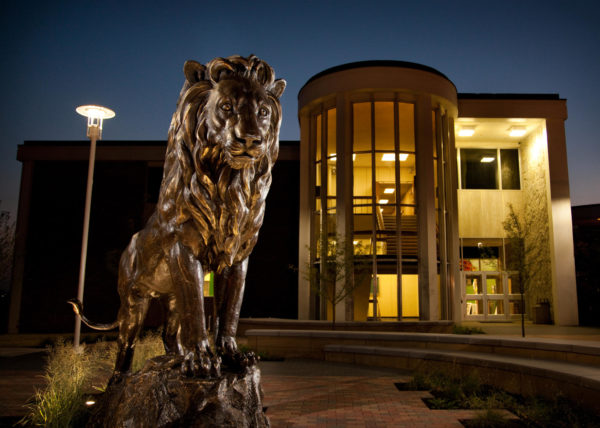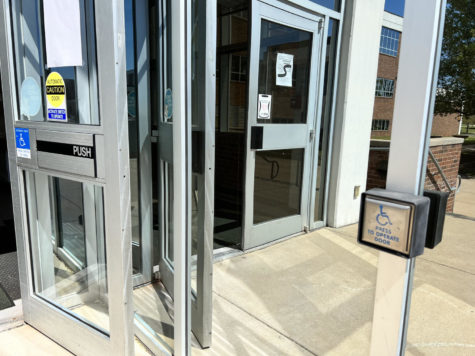Number of unwanted pets in the U.S. creates issues
Many animals in the United States end up in animal shelters. Every year, over seven million new animals are abandoned.
We’ve all seen the stories and photos of unwanted dogs and cats finding their forever homes in a manner that almost belongs in a movie. The sad reality is, however, that most lost or unwanted pets remain lost or unwanted for the rest of their lives or, even more sadly, are put down when shelters simply do not have the room for them. The issue of unwanted pets has gotten out of control in the United States over the past several decades, and it’s important that we, as humans, take steps to end this tragedy.
According to aspca.org, 7.6 million companion animals enter U.S. animal shelters every year. To put it in different terms, that’s almost the population of New York City. Of these 7.6 million animals, more are dogs than cats, but don’t be fooled: unwanted cats are just as big a problem as unwanted dogs.
There is some happy news when it comes to the plight of animals without a home. Of that 7.6 million, 2.7 million animals are adopted each year, and 649,000 strays in shelters are eventually returned to their owners. That amounts to 61 percent of dogs being put in a home and 41 percent of cats being put in a home.
However, there are still about 2.7 million animals euthanized every year, which is just as many as are adopted. No-kill shelters are becoming more prevalent, but the truth is that most animal shelters just don’t have the capacity to house all the animals that come their way. The good people at animal shelters work hard for the welfare of all animals, but all animals cannot be saved.
There are, however, steps that can be taken to reduce the number of unwanted animals in the United States. The first, and perhaps simplest step that people can take is to spay and neuter their pets. Cutting down on the number of pet births mathematically cuts down on the number of unwanted pets. With free spay and neuter clinics popping up everywhere, there’s just no excuse not to sterilize a pet that you have no intention of breeding.
Another thing that you can do to reduce the number of unwanted pets is something that has been coined “adopting, not shopping.” This means that instead of purchasing a pet at a pet store, you adopt one from a shelter and give a donation. That isn’t to say that store-bought pets aren’t as good or don’t deserve homes like shelter pets, but purebred dogs and cats in stores have an easier time getting adopted. It’s the mutts in shelters that have the problems.
The last great way to help the unwanted animals in your community is to volunteer at your local humane society. The Joplin Humane Society, for instance, accepts volunteers of most ages to come walk their dogs and socialize their cats. The one stipulation is that all volunteers must attend a one-time training session. Still, it’s a very worthwhile cause because the animals benefit immensely from the love and attention that shelter workers cannot always give them.
There are a lot of problems and ugliness in the world, and the issue of unwanted pets is a big one. As with any problem, though, there are steps we can take to fix it. It just takes a little bit of kindness to make a big difference in our world.
Your donation will support the student journalists of Missouri Southern State University. Your contribution will allow us to purchase equipment and cover our annual website hosting costs.






























